
Winter Solstice is a celebration for optimists. Six months of ever-diminishing sunlight leads up to this, the day with the longest, darkest night. If you weren’t an optimist or schooled in the rational ways of the world you might expect the days to diminish into perpetual darkness–No wonder the Mayan Long Count Calendar ends on this day in 2012. A pessimist could see this day as the beginning of the end of time.
But I know things are about to change. The duration of the sunlight I find so precious is about to start to increase. The plants that are beginning to sprout will take advantage of the extra light and grow faster and run headlong into California’s manic late-winter, early-spring season of flowering and regeneration. Call me an optimist. It may be tough now, but to appropriate the words of Dan Savage in his campaign to fight bullying of LGBT young persons, It gets better!
Here’s a brief white-themed gallery in case you’re dreaming of a white solstice. We have no snow to offer you, but instead how about some bright white flowers, some white leaves to get you into the mood?
Have a warm and safe holiday, everyone, whether the white stuff around you is snow, foliage or blooms. It’s all about to get better, soon.


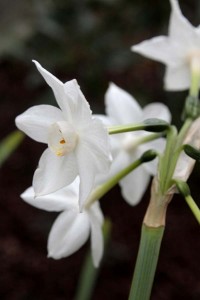
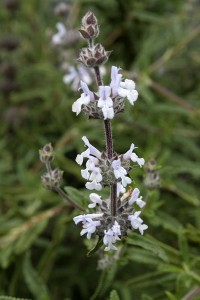
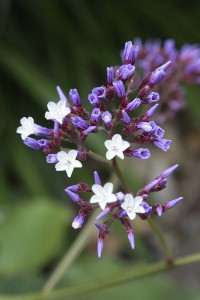
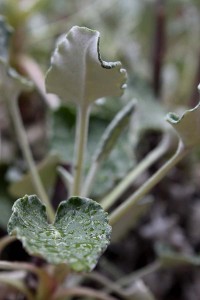

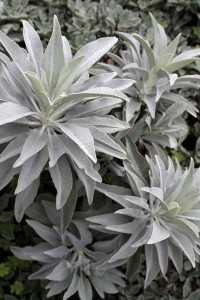


 Photo from the Wikimedia Commons, contributed by Eugene van der Pijll [
Photo from the Wikimedia Commons, contributed by Eugene van der Pijll [